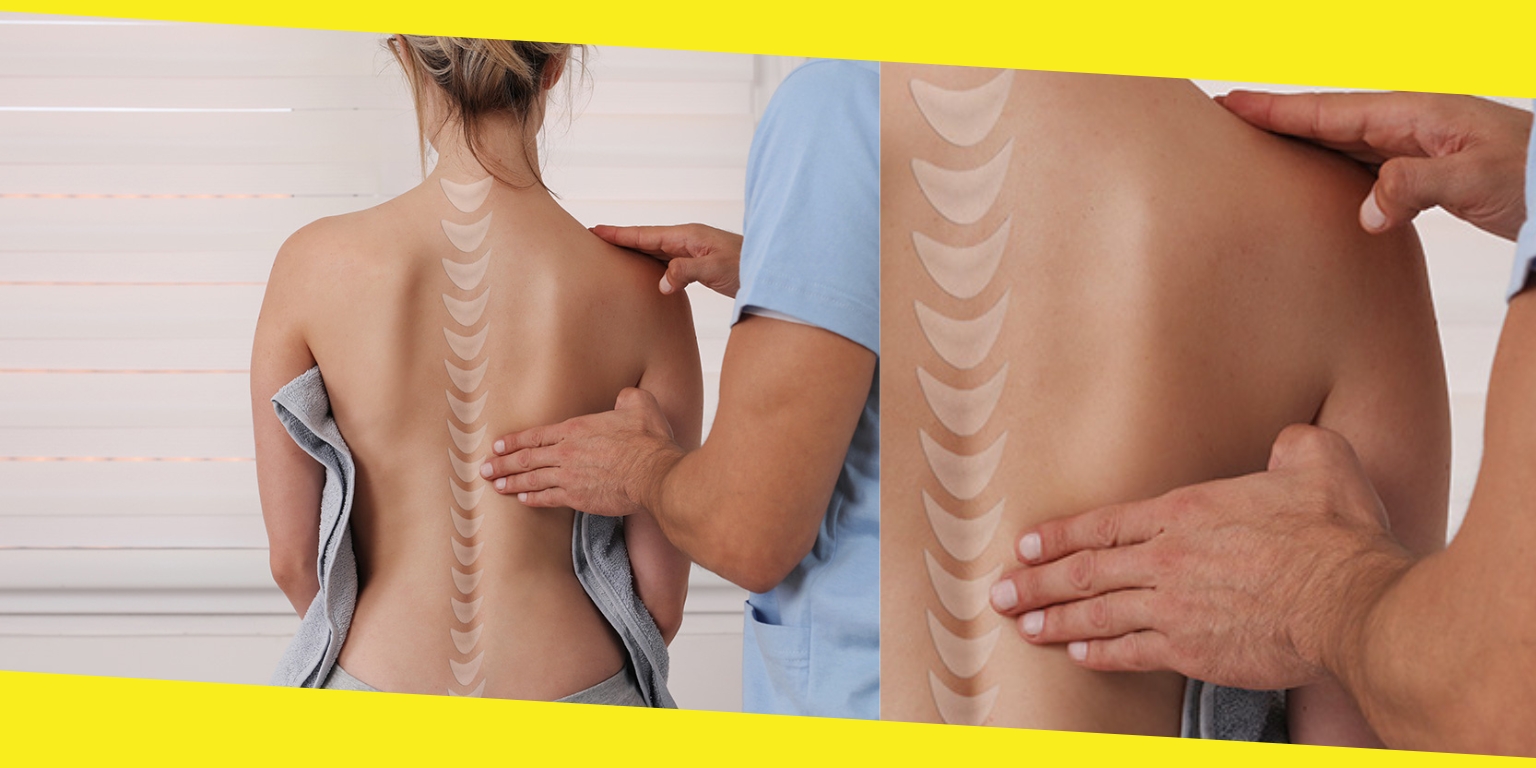Demystifying Spinal Decompression

Medical disorders like scoliosis and sports injuries can lead to severe symptoms that may not respond to other treatments. In such cases, spinal decompression Mckinney may be the best nonsurgical treatment. The procedure relieves pressure on spinal nerves, alleviating your pain.
Contents
ToggleAn overview of spinal decompression
Spinal decompression is a non-invasive treatment option for certain conditions that affect the spine, such as herniated discs, degenerative disc disease, and spinal stenosis. Spinal decompression aims to relieve pressure on the spinal nerves or discs, reducing pain, inflammation, and other uncomfortable symptoms. The treatment typically involves using a motorized traction table or a similar device. You lie on the table, and a harness or other attachment applies a gentle stretching force to the affected spinal area. Your doctor regulates the stretching pressure and adjusts it based on your tolerance and the treatment condition. Spinal decompression is usually a part of a treatment course that may include other therapies such as physical therapy, chiropractic care, and pain management. The number of sessions and the duration of treatment will depend on your condition and response to treatment.
Determining your eligibility for spinal decompression
The Kurv O2 team determines your eligibility for spinal decompression by a thorough examination and evaluation. The specialist who will examine you may be a chiropractor, orthopedic surgeon, or physiatrist. The team may review your medical history and use imaging studies (such as X-rays or MRI) and possibly nerve conduction studies. You may be eligible if you have scoliosis, a bulging disc, sciatica, or a sports injury. The healthcare provider will use this information to determine if spinal decompression is appropriate for the patient’s specific condition.
What to expect during spinal decompression
Before the procedure, you will lie on a special table designed to apply a gentle stretching force to the spine. You will typically be positioned face-up or face-down, depending on the area of the spine that needs treatment. The stretching force from the table will create a small amount of space between the vertebrae, relieving pressure on the spinal discs and nerves. The spinal decompression procedure usually lasts around 30 to 45 minutes, depending on the patient’s condition. During the treatment, you may experience some mild discomfort, but the procedure is not painful and is generally well-tolerated. After the procedure, your physician will give you aftercare instructions, such as avoiding certain activities for some time, exercises or physical therapy to do at home, and follow-up visits. During the recovery period, your provider may connect you to a trainer for physical therapy to improve your flexibility and strength.
The results of spinal decompression may vary from person to person, and it is not a guaranteed solution for all cases. If your symptoms do not improve after spinal decompression, inform your doctor to determine a different action. You should consult with a healthcare professional to discuss spinal decompression’s benefits and potential risks and whether it’s the right option for them.
Call the Kurv O2 office or book an appointment online for more information about spinal decompression.
Recommended For You
Should You Consider Using A Parasite Cleanse Kit?
Most Inside
Most Inside offers high-quality recommendations and valuable updates to enhance all aspects of your life, providing premium guidance and enriching experiences.




